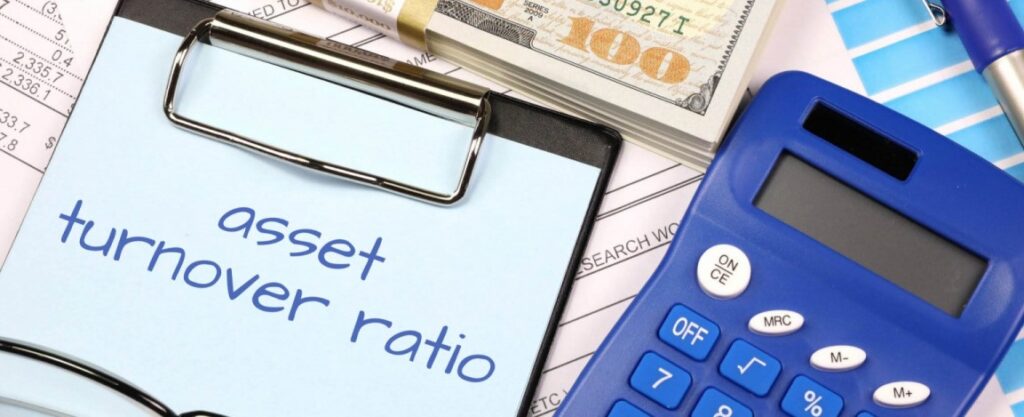Churning occurs when your broker excessively buys and sells securities in your account primarily to generate commissions and fees that benefit the broker. The result is that you lose money in your investment account, as fees and commissions can add up to take away any profit you would have earned.
Churning is a breach of the financial advisor’s duties to the investor. And as the SEC notes, “this practice is illegal.”
FINRA imposes big fines for churning
The Financial Industry Regulatory Authority (FINRA) can also impose substantial fines for brokerages that it catches churning customers’ accounts.
Here are a just a few headlines from the past few years:





So the regulatory authorities do take churning seriously. But first, churning has to be detected.
Can brokerage firms detect if a broker is churning your account?
Sometimes they can. Brokerage firms have compliance software designed to catch churning when it happens and issue reports. Supervisors at brokerage firms are required to review these reports and address any improper activity. If the brokerage firm does not catch it, you may also have a claim against them for their failure to supervise the account.
If your brokerage firm does detect churning, beware that it may ask you to approve it.
Your brokerage firm could contact you and ask you to approve of the excessive trading in your account. If you ever get a phone call or letter about this from your brokerage firm, you have the right to and should ask them:


- What was the rationale for the broker’s recommended trading activity?
- What were the total commissions or other transaction fees that you paid over the last month, quarter, or year?
- What percent of a return on your investment would you need to break even on your account?
But if the brokerage firm’s compliance software does not catch the churning–and it can be hard to spot–then it may be up to you to detect it.
How can I detect churning in my account?
The SEC gives several red flags to look out for to spot churning:
- One is unauthorized trading—these are trades that you did not ask your broker to make.
- Another is frequent in-and-out purchases and sales of securities that don’t seem consistent with your investment goals and risk tolerance.
- And another is excessive fees in one or more portions of your portfolio–these can also indicate churning.
How we can show that your account was churned in a FINRA arbitration?
Your “turnover ratio”:
Proving that churning occurred is usually done through an equation showing the annual “turnover ratio” of your account. How many stocks are bought and sold in your account is referred to as “turnover.”


The “turnover ratio” is just the measure of how many times investments are replaced in an account for that year. You get the turnover ratio by dividing the number of purchases in the account by the average account equity.
Your “break even” number:
Another method of measuring churning is the “break even” number. The break even number reflects how much your account must return to compensate for all the trading fees and commissions incurred by the churning.
In other words, add up the entire cost of commissions the advisor earned for buying and selling in your account along with the trading fees for buying and selling. That dollar figure is the amount that your account will have to earn just to ‘break even’ before you can earn a dollar of profit.
The break even number can be a powerful showing of how damaging churning is to your account. You may also see this referred to as the “cost to equity” number.
What will the brokerage firm argue?
The brokerage firm might argue that the customer agreed to all of the trades and wanted the broker to trade excessively. They might point to the trade confirmations that were sent to the customer as evidence that the customer was okay with it. This defense is called ratification.
The S.E.C. has a helpful guide on how to read your trade confirmations here. And FINRA has a similar guide here.
But pointing to the trade confirmations is not the end of the story. Whether churning occurred will depend on how much control the broker exercised over the account and the sophistication of the investor, among other factors. Also, if the broker acted illegally, the ‘ratification’ defense is not available.
The brokerage firm might also argue that the broker did not churn the account because the trading was not excessive. But this can be a hard argument for the broker to make, if the break-even number and turnover rate show otherwise.
How do I know if I have a claim?
Churning may not be obvious, especially if you have a complex account. But if comes down to a few fundamental factors: what investment strategy did you ask for, and what did you get? Does the trading seem high relative to what you expected? Did your advisor have a good explanation for the high trading? Do the fees or commissions seem excessive in light of your strategy?
At Wilkowski Law, we can guide you through these questions. Contact Wilkowski Law and we will give you a free assessment of whether you may have a claim for churning.




